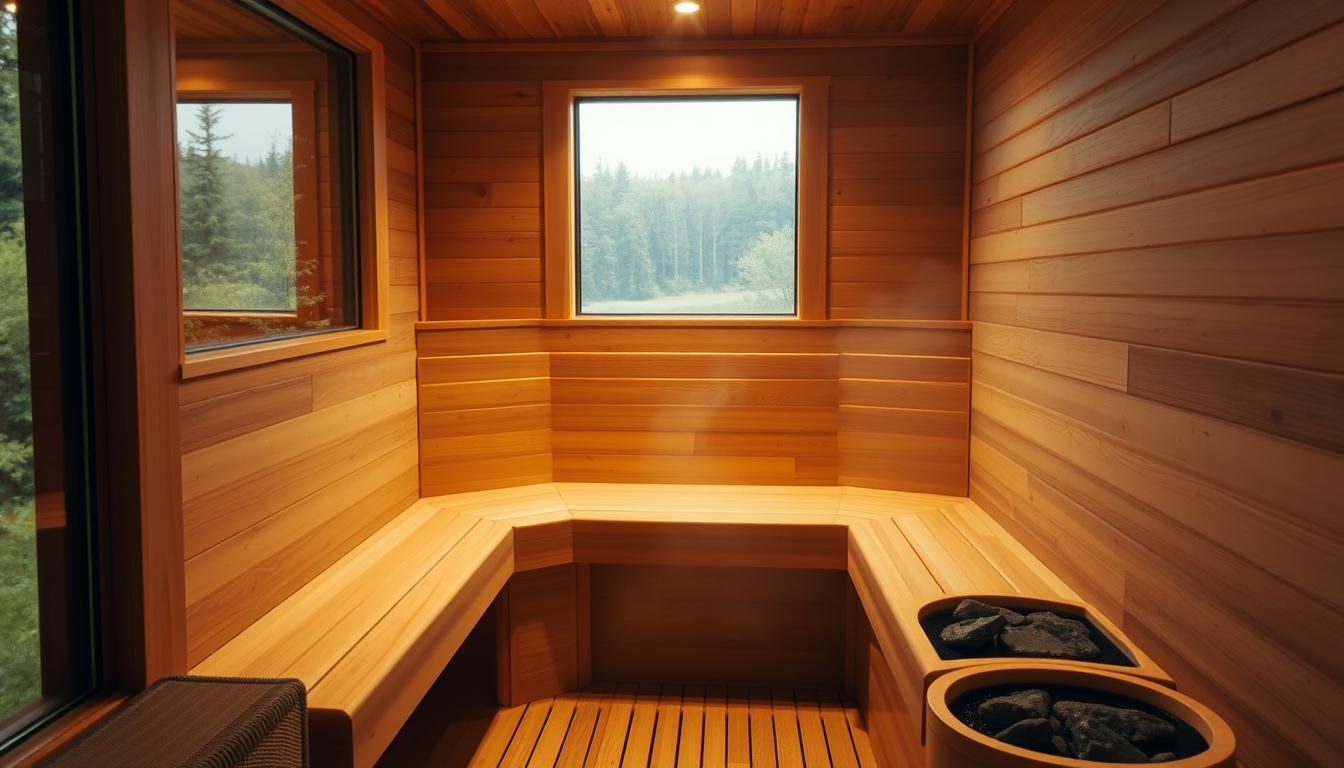
Three Person Saunas: A Guide to Buying and Using
This introduction frames three person saunas as a practical home wellness choice. It explains what to check in a unit and how to match a purchase to goals like relaxation, recovery, or cardiovascular health.
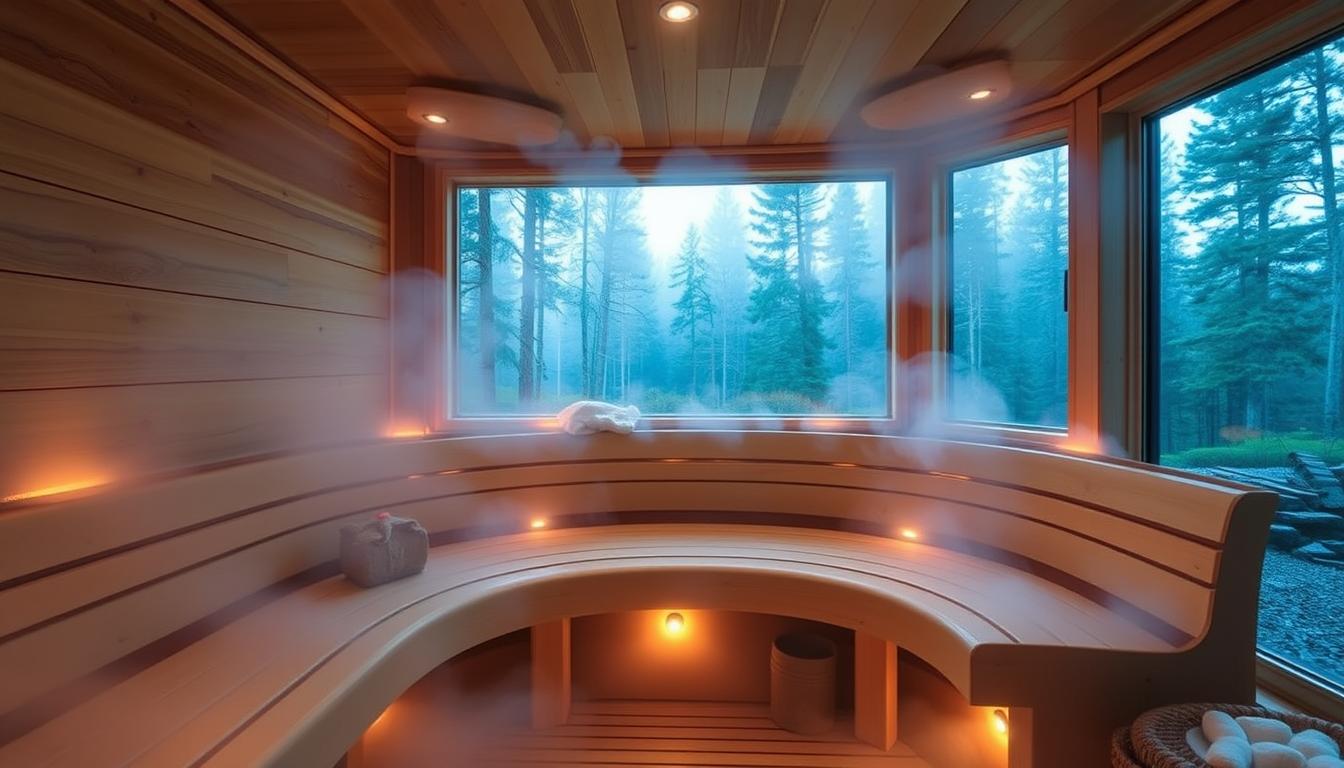
The market includes compact indoor models built from quality woods. Examples include the Savannah infrared unit with carbon-nano heaters and Bluetooth features, and the Haven Indoor Sauna with a Harvia heater that needs 240V wiring. These product details show how wattage, certifications, and materials affect performance and installation.
Readers will learn quick checks for bench layout, heater capacity, door swing, and electric requirements. The guide also shows how to read reviews and spot service or build issues before you commit to a price or delivery.
Key Takeaways
- Balance space and comfort: a three-person format fits most homes and offers room for each person.
- Match heater type to your goals—infrared or traditional affects heat and health effects.
- Check electrical needs and certifications to avoid costly installation delays.
- Use reviews and spec details to verify build quality and service responsiveness.
- Focus on bench layout and wattage to ensure daily comfort and long-term value.
Why Choose Three Person Saunas Today
A practical buying approach weighs heat experience, installation needs, and total cost over time.
Start by deciding whether infrared or traditional heat matches your experience goals. Infrared units like the Savannah run on a 120V/20A plug and often need less electrical work. Traditional heated models such as the Haven require a 240V circuit and a licensed electrician, which affects final price.
https://www.youtube.com/watch?v=JwFUO9sbUdI
Build a shortlist by price tiers and include installation, delivery, and shipping to measure true cost of ownership. Check lead times and pathway access early—crate sizes and weight can delay arrival and setup.
- Ask about financing options to spread payments when headline price differs between comparable units.
- Compare warranties and service responsiveness; fast parts and knowledgeable support matter long after sales.
- Read at least one in-depth review per model and ask experts to clarify electrical and space requirements.
When price is similar, prioritize build quality, verified certifications, and practical comfort for daily use by family or guests. This approach reduces risk and saves time when you commit to delivery and first use.
Best Three Person Saunas: Top Picks and Comparisons
A clear comparison helps narrow options by performance, footprint, and electrical needs.

Savannah 3‑Person Indoor Infrared Sauna: Heat, Features, and Specs
Heating elements: Eight carbon‑nano heaters deliver 1965W to reduce cold spots and steady the heating profile. This design favors even warmth and efficient sessions.
Interior and build: Natural Canadian red cedar, ergonomic backrests, smooth panels, and a glass door combine comfort with a modern look.
Controls & lighting: Dual LED control panels, chromotherapy, recessed lighting, Bluetooth audio, and an LED reading lamp add convenience and ambiance.
Size & electrical: Exterior 59" W x 47" D x 75" H; ETL/CSA certified and runs on a 120V, 20‑amp plug—often avoiding a panel upgrade.
Notes: Reviews praise easy assembly and initial comfort; some users report durability issues on boards and a limited warranty restricted to residential use.
Haven Indoor Sauna - 3 Person: Traditional Heat, Materials, and Value
Heater options: Harvia KIP 6kW or 8kW supports dry heat and steam by adding water to rocks. Optional Wi‑Fi adds remote control convenience.
Wood & interior: Canadian Thermowood with a tempered glass door and wall backrests for a premium, long‑term interior.
Dimensions & power: 54 1/4” L x 63” W x 79 1/2” H; weight ~800 lbs and a 240V heater requiring licensed installation. Listed price starts near $4,899 with crate shipping and add‑ons available.
Endurance 3‑Person Infrared Sauna: Indoor Comfort Overview
Positioned as a far‑infrared option for compact spaces, this unit balances efficient heating elements with a modest footprint for apartments or tight wellness rooms.
- Compare: heater type, control ergonomics, lighting, glass safety, and wood species before deciding.
- Tip: match electrical and space details to your home to avoid installation surprises.
How to Choose three person saunas for Your Home
A practical buying decision hinges on matching heat style, build quality, and delivery constraints to your home's layout. This short guide helps you weigh the core trade-offs so you make a clear choice that fits budget and daily use.
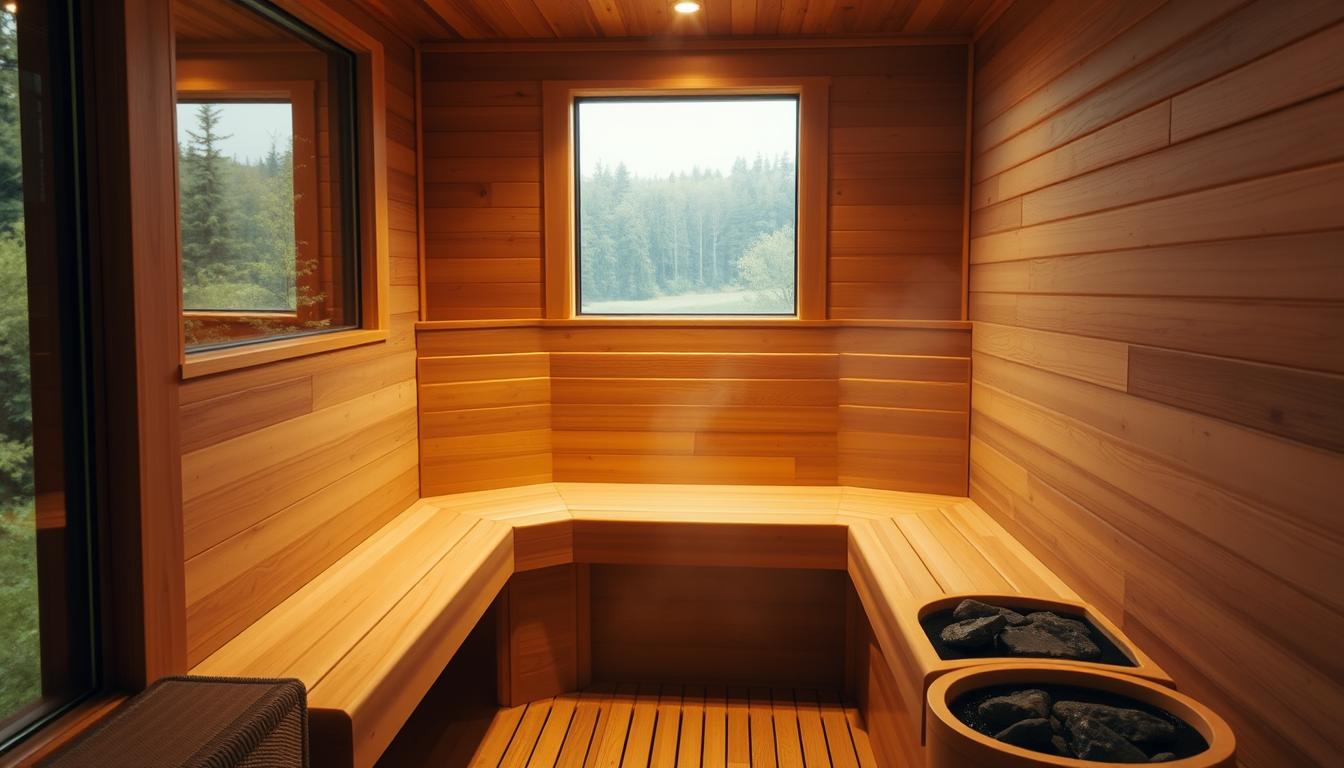
Traditional vs infrared heat: temperature, humidity, and use cases
Traditional units deliver higher air temperature and allow steam by pouring water over rocks. They suit users who want intense heat and short sessions.
Infrared models run cooler and warm the body directly, often on a 120V, 20‑amp plug. They work well for longer, steady sessions and easier installation.
Materials and build quality
Red cedar offers aroma and durability; thermally treated wood improves dimensional stability. Check panel joinery, fasteners, and glass thickness to avoid warping and leaks over time.
Electrical requirements and compliance
Verify electrical requirements early. Infrared options typically use 120V circuits; traditional heaters often need 240V and a licensed electrician. Look for ETL/CSA markings for safety and code compliance.
Space planning, controls, and extras
Measure exterior dimensions and door swing, confirm floor load capacity, and plan ventilation paths. Inspect the control layout and lighting options—Bluetooth, chromotherapy, and reading lamps add comfort but raise the final price.
Warranty, service, financing, and delivery
Compare warranty terms; some brands limit coverage to residential use or offer a limited warranty. Factor in service reputation and total cost with electrician labor and financing if needed.
Finally, use crate sizes and lead times to confirm access from curb to installation room. Experts recommend a dry run to avoid delivery delays and extra fees.
Using Your Indoor Sauna: Setup, Safety, and Maintenance
Proper setup reduces delays and helps the unit deliver reliable heat from day one.

Assembly and first use
Unbox and stage parts near the installation room, then assemble the structure using interlocking panels. Leave heater wiring to a licensed electrician when a 240V connection is required.
Verify that the unit’s circuit and breaker size match the specifications before energizing controls.
Temperature, warm‑up, and session time
Track warm‑up minutes to learn the unit's profile. Traditional heaters often reach target heat in under an hour. Infrared models feel effective sooner.
Start with modest temperature and short time, then increase gradually as tolerance builds.
Care and upkeep
Wipe condensation from the glass after sessions and place towels on benches to protect the interior wood.
Run a brief dry‑out cycle and prop the door to ventilate the unit—this helps interior longevity for months and years.
"Document serial numbers, breaker details, and assembly photos to speed any future service."
- Check connections and controls on first test cycle.
- Use water for steam sparingly and follow manufacturer guidance.
- Monthly: clean wood gently, inspect panels and fasteners, confirm door alignment.
| Task | Frequency | Purpose |
|---|---|---|
| Inspect electrical connections | At assembly and annually | Safety and steady heater performance |
| Clean glass and wipe benches | After each use / weekly | Maintain clarity and protect wood finish |
| Vent dry‑out cycle | After each session | Reduce humidity and prevent mold |
| Fastener and panel check | Monthly | Prevent loosening and preserve alignment |
Conclusion
A confident purchase pairs clear product specs with realistic shipping and installation planning. Verify heater type (Harvia 6kW/8kW vs carbon‑nano elements), wood and interior details, and the unit's electrical requirements before you buy.
Factor in shipping and delivery: crate sizes, stairs, and lead times can add days and costs. Compare price, warranty terms, and service reputation so customer support is ready if parts or repairs are needed.
Consult experts for 240V installs, weigh financing if sales pricing helps, and document assembly notes. After setup, schedule first sessions to test heat, steam behavior, and comfort.
Write review notes on heat‑up, noise, and daily use to help future buyers and to preserve value from this indoor sauna purchase.
FAQ
How do I choose between a traditional heater and an infrared heater?
Choose based on heat profile and use. Traditional (electric or wood‑fired) heaters produce higher air temperatures and allow steam when water is poured on hot stones, ideal for users who want humid, hot sessions. Infrared heaters warm the body directly at lower ambient temps, with faster warm‑up and lower power draw—good for longer, milder sessions. Consider available electrical capacity, desired humidity, and thermostat control when deciding.
What electrical requirements should I check before buying?
Verify voltage, amperage, and certification. Many infrared units run on a 120V, 20‑amp circuit with a standard plug, while traditional heaters often require 240V and a dedicated circuit installed by a licensed electrician. Look for ETL or CSA certification and review the heater’s wattage and recommended breaker size to ensure compliance and safe operation.
How much space do I need and how do I plan the installation?
Measure interior and exterior dimensions, door swing, and clearances. Confirm floor load capacity—some models weigh several hundred pounds when assembled. Allow clearance for ventilation, service access, and delivery. For indoor installations, ensure the room can handle moisture if using a steam option, and plan electrical routing for the heater and lighting controls.
What should I know about materials and durability?
Common woods include Canadian red cedar and thermally treated lumber. Cedar resists decay and smells pleasant; thermowood offers stability and fewer knots. Check panel thickness, tempered glass door specs, and joinery. Higher‑quality materials and solid assembly reduce warping and improve longevity in humid conditions.
How long does an infrared unit take to heat up and what session length is recommended?
Infrared units typically warm up in 10–20 minutes, depending on model and heater power. Recommended sessions are generally 20–40 minutes, with users adjusting by tolerance and health status. Start with shorter sessions, stay hydrated, and allow cool‑down time between sessions. Traditional saunas may require longer warm‑up (30–60 minutes) to reach target temperatures.
Are there warranty and service differences to watch for?
Warranty coverage varies: residential limited warranties often cover structural components and electronics for different terms. Commercial use may void parts of a residential warranty. Look for clear terms on heating elements, wood panels, glass, and control systems. Confirm service availability, replacement parts, and whether authorized technicians are needed for repairs.
What should I expect for shipping, delivery, and assembly?
Shipping options range from curbside pallet delivery to white‑glove inside delivery. Many larger wooden units ship in crates and may require two people to move. Assembly can be simple interlocking panels; heavy electrical or stone heater installs typically require a pro. Review lead times, crate dimensions, and any delivery surcharges before purchase.
How do controls, lighting, and extras affect cost and experience?
Features like dual LED control panels, chromotherapy, Bluetooth audio, oxygen ionizers, and recessed lighting increase convenience and price. Decide which extras matter for daily use; simpler controls reduce failure points while premium packages enhance comfort and user experience. Check compatibility and warranty for electronic accessories.
Can I use a sauna if I have medical conditions?
Consult a healthcare provider before use if you have cardiovascular disease, uncontrolled high blood pressure, pregnancy, or are on medications that affect heat tolerance. Saunas affect heart rate and blood pressure; a clinician can advise on safe temperature, session length, and hydration strategies tailored to your health profile.
How should I care for wood, glass, and heater components?
Maintain wood by avoiding harsh cleaners—use mild soap and water, and sand small stains if needed. Clean tempered glass with non‑abrasive cleaners. For traditional heaters, follow manufacturer guidance for stone replacement and element inspection. Ensure proper ventilation after use to reduce moisture buildup and prolong finish life.
What are typical price ranges and financing options?
Prices vary widely: entry infrared models start lower, while high‑end wood or traditional units with premium heaters and finishes cost more. Expect midrange indoor units in the several‑thousand‑dollar range. Many retailers offer financing, deferred payment plans, or promotional rates—compare APR, term length, and total cost before committing.
How do I evaluate customer reviews effectively?
Look for patterns in feedback on heat performance, assembly ease, durability, and after‑sales service. Pay attention to verified purchases and long‑term reviews describing months of use. Weigh common issues like shipping damage or warranty response time more heavily than isolated complaints.
Do I need professional installation and electrical work?
For 240V heaters, major electrical changes, or hardwired units, hire a licensed electrician. Professional installation ensures safe wiring, proper breaker sizing, and code compliance. Some infrared plug‑and‑play models may not require an electrician, but check local codes and manufacturer instructions.
What safety features should I look for?
Essential features include ETL/CSA certification, reliable temperature controls with auto shutoff, high‑quality wiring and grounding, and proper ventilation. For traditional heaters, guards or rails around hot stones prevent burns. Consider models with timed sessions and clear emergency shut‑off instructions.
How many people can safely use the unit and how does seating affect performance?
Units are rated by intended capacity and interior bench configuration. Overcrowding reduces comfort and airflow. Follow manufacturer guidance on maximum occupancy, and arrange seating to allow even heat distribution. Heavier usage may require more robust heating elements or longer warm‑up times.

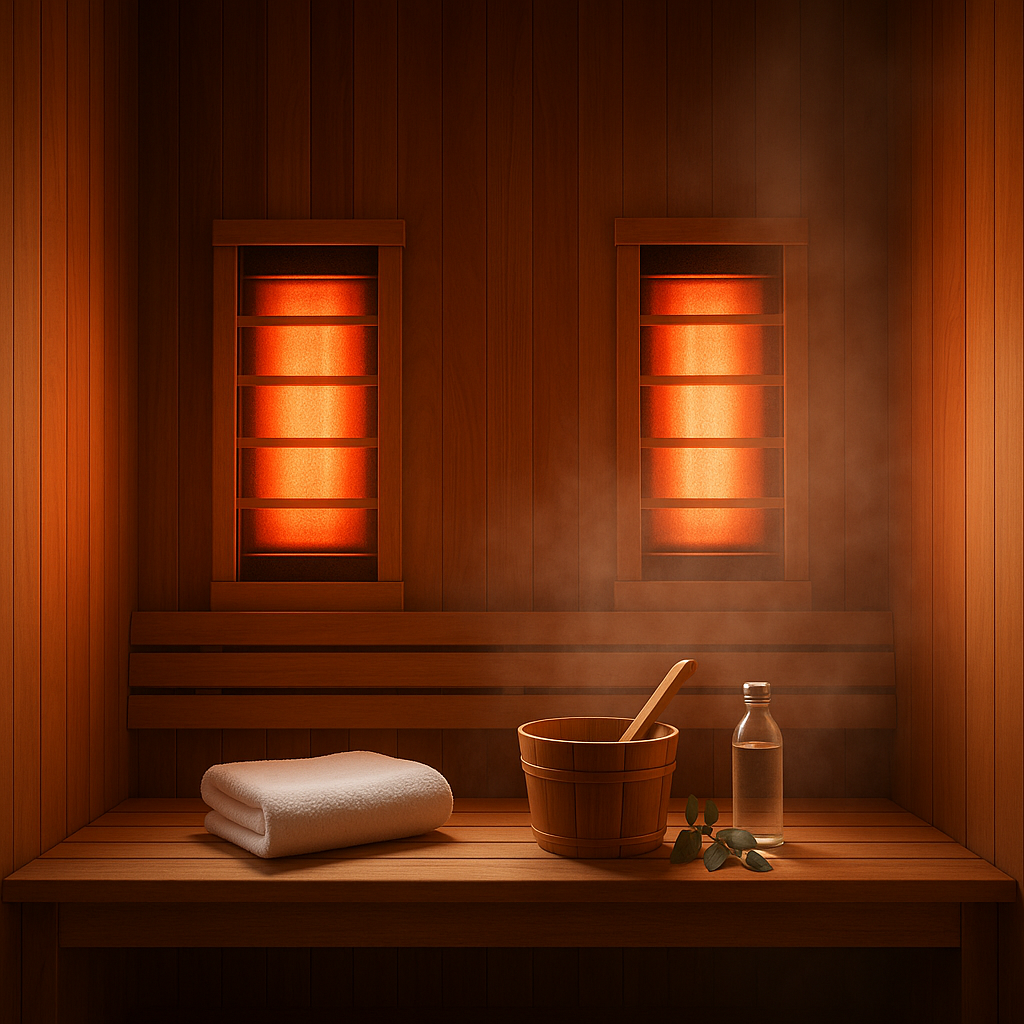


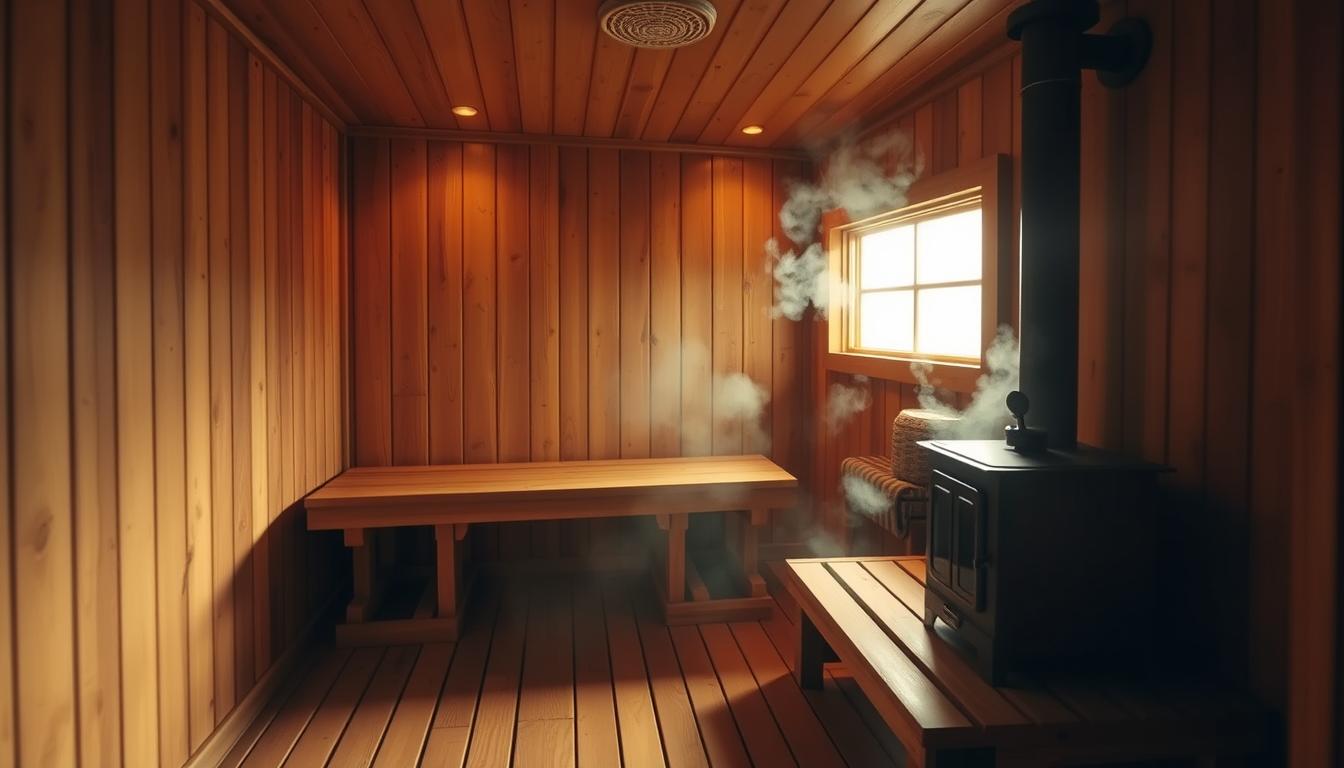
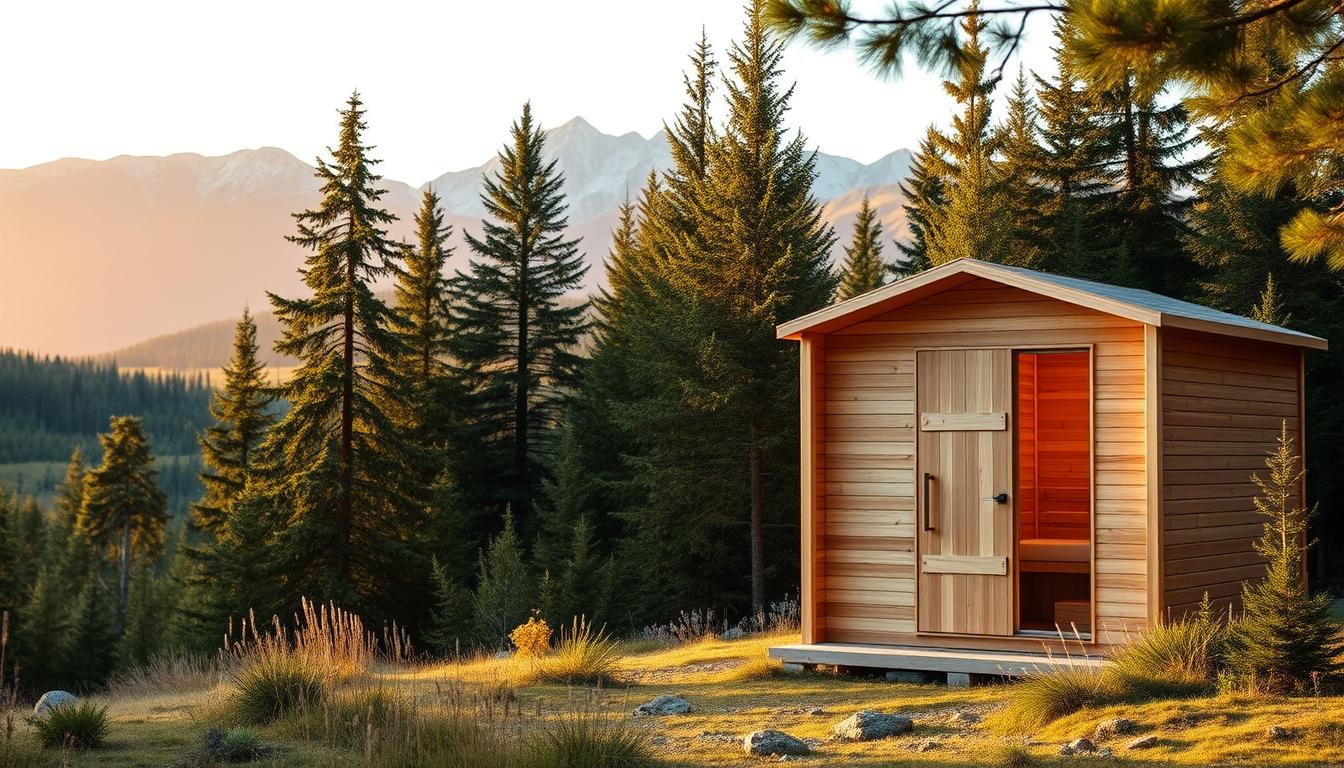
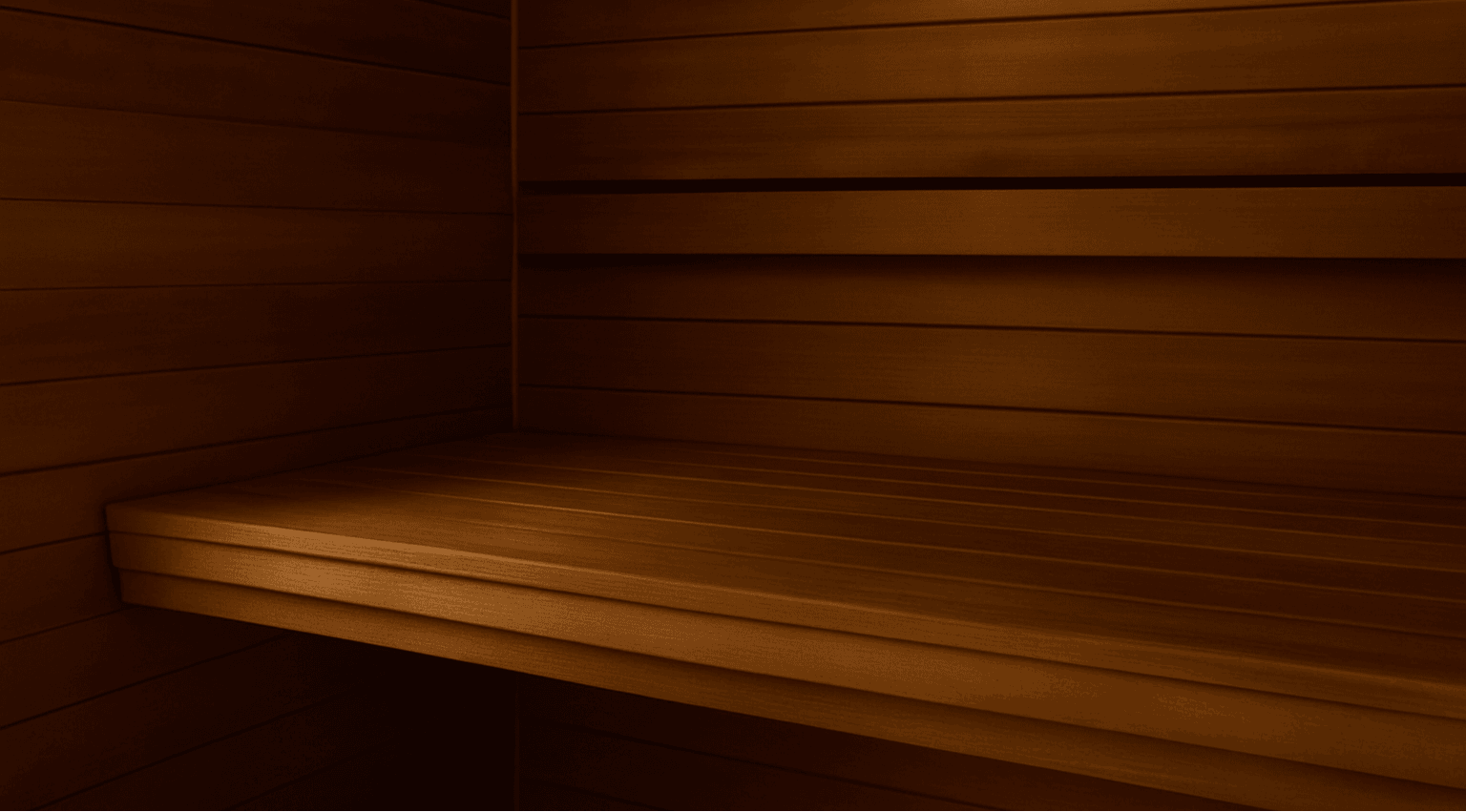
Leave a comment
This site is protected by hCaptcha and the hCaptcha Privacy Policy and Terms of Service apply.